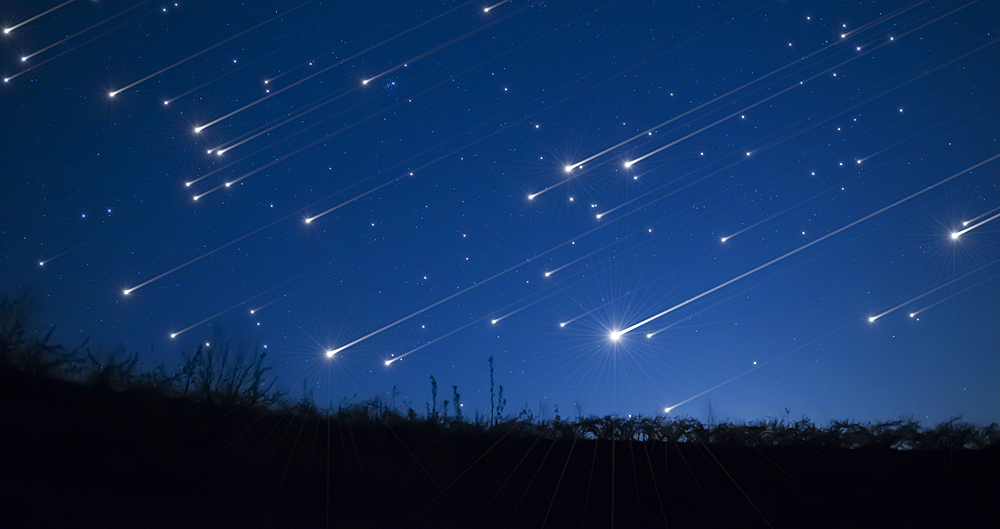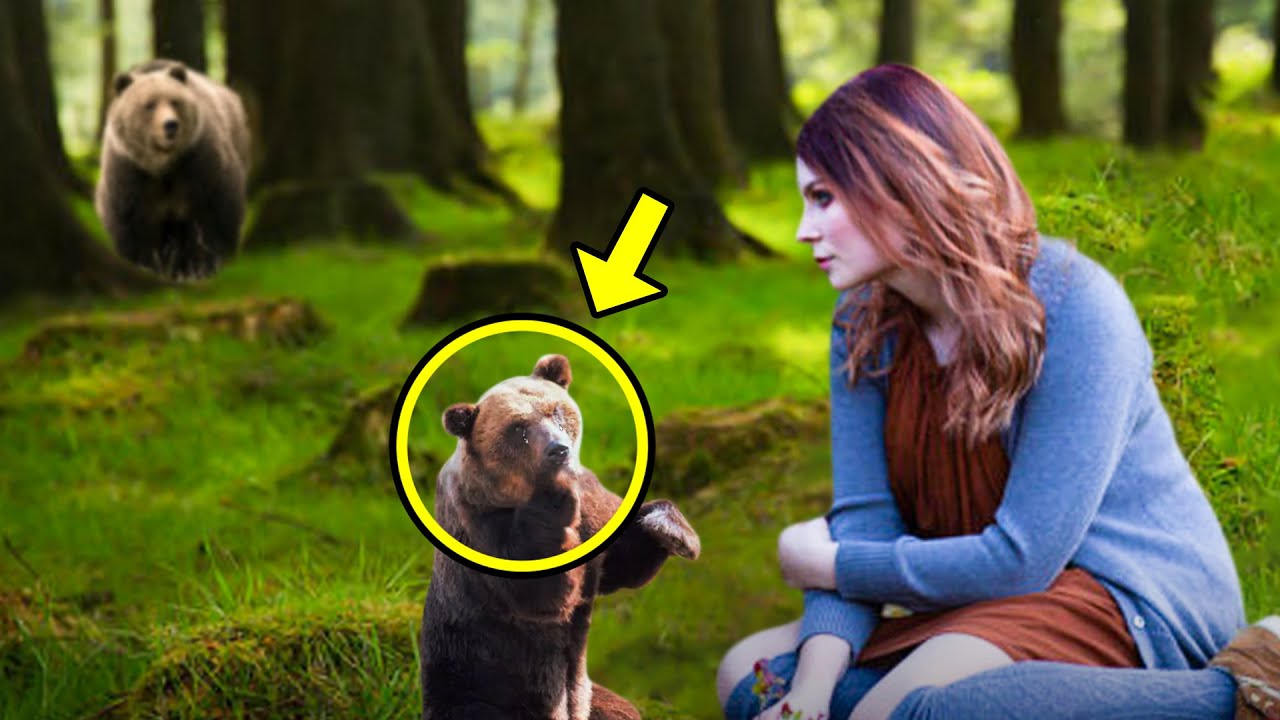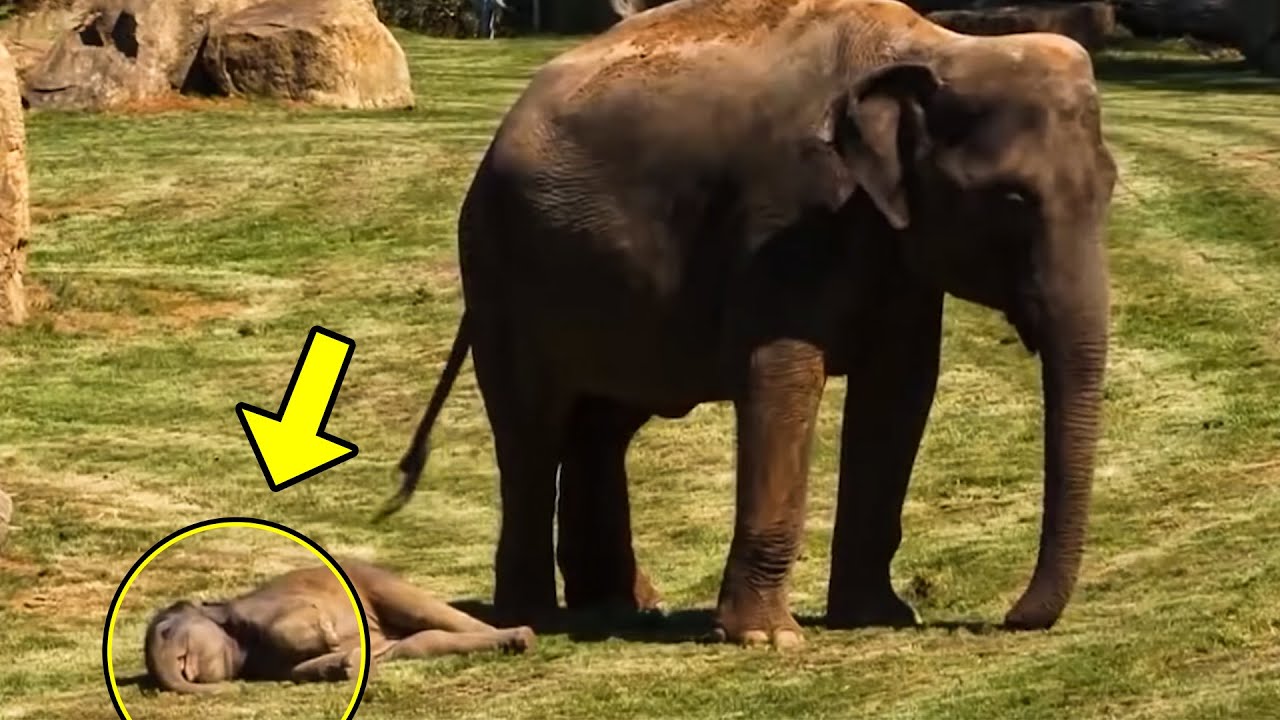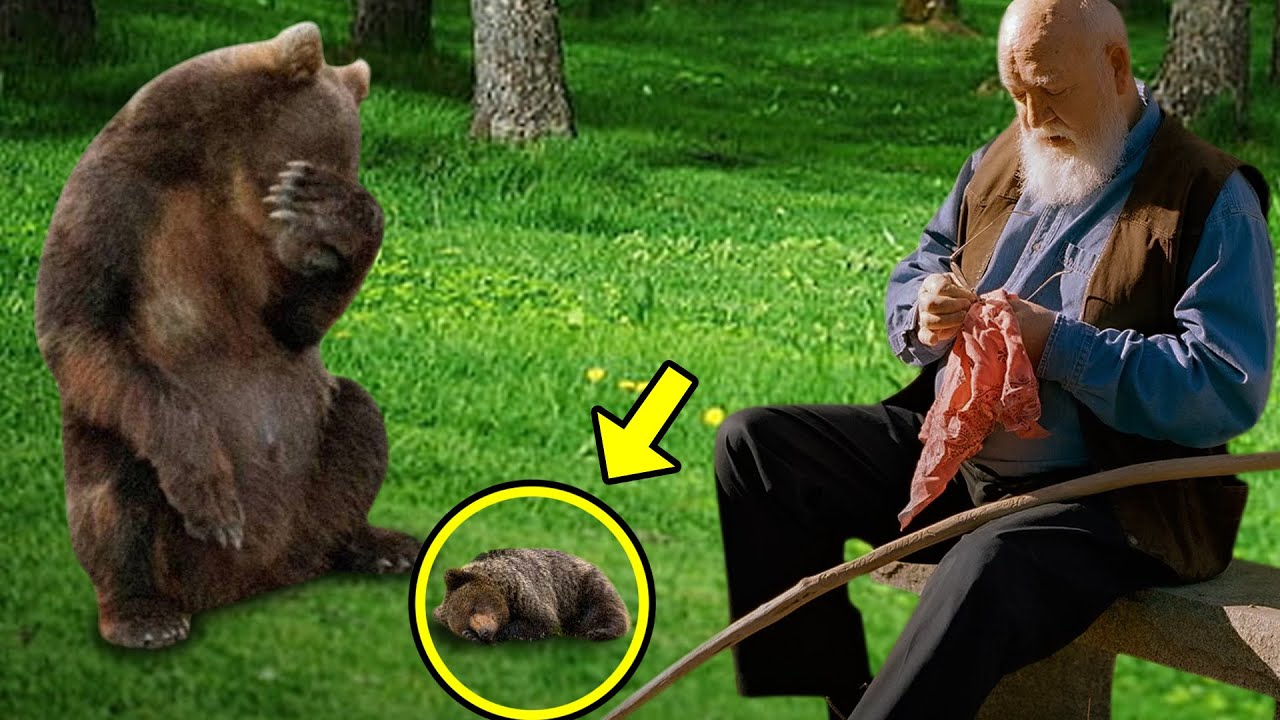Look up at the sky this coming Wednesday and Thursday evening to make a wish upon a star and see the Leonid meteor shower in full effect! It officially peaks on the night of November 16th into the early morning hours of November 17th and if you’re patient and observant, then the spectacular sight of shooting stars streaking across the heavens will meet your gaze.
In years past the annual shower has been known to put on quite an impressive light show. Based on historical accounts, scientists have estimated that upwards of a hundred thousand meteors an hour blanketed the sky during meteor storms brought on by the Leonids. That’s a truly astronomically high number and what an unbelievable sight it must have been!
Since the thirteenth of November our planet has been moving through the debris trail left by the comet Tempel-Tuttle and on November 21st it will exit it. All of the shooting stars that you see and wish upon are really just tiny bits of rock and ice that fell off the comet and burn up as they enter the Earth’s atmosphere. This year NASA meteor scientist Bill Cooke is predicting that anywhere from 10-15 meteors per hour will zip through the night sky. While it won’t be a major outburst like in years past, the shower will nonetheless produce at least a few beautiful gems!
The best viewing times for the Leonids are from darkness onward through the early morning hours, with ideal viewing at around one or two am. They are also visible from both the Northern and Southern Hemispheres, so no matter where you live, you can simply tilt your head back and see them flash across the sky!
While it’s best to look in the direction where the meteors are coming from, which is the constellation Leo, the majority of us don’t know where or how to locate it. For those who are not familiar with the night sky, you can simply use your cell phone as a navigation tool with a special app that tells you exactly where things are out there in the universe. All you need to do is download it and then point your phone up at the sky. It will automatically chart, identify, and map out exactly what you’re looking at. There are several of these astronomy apps available, including SkySafari and Star Walk, both of which are rated well and easy to use.
For an optimal vantage point you’ll want to find a nice quiet and open spot away from any lights. The only real rule of star gazing is that the darker the skies, the better the viewing. However, since it was just a full supermoon and the brightest its been in years, the light from it will interfere with the shower. By Wednesday it’ll be in a waning gibbous phase, so while the moonlight will be bright, visible meteors are still expected. Also, make sure to check the local forecast and so long as the sky is clear you should be able to see some shooting stars!
All in all, this years Leonid meteor shower will give you a great opportunity to get outside and get some nice fresh air while doing a little bit of sky gazing. Gather up your loved ones, bundle up warmly, bring the dog along, and have a relaxing evening under the stars!
Please SHARE This With Family and Friends So Everyone Can Enjoy












